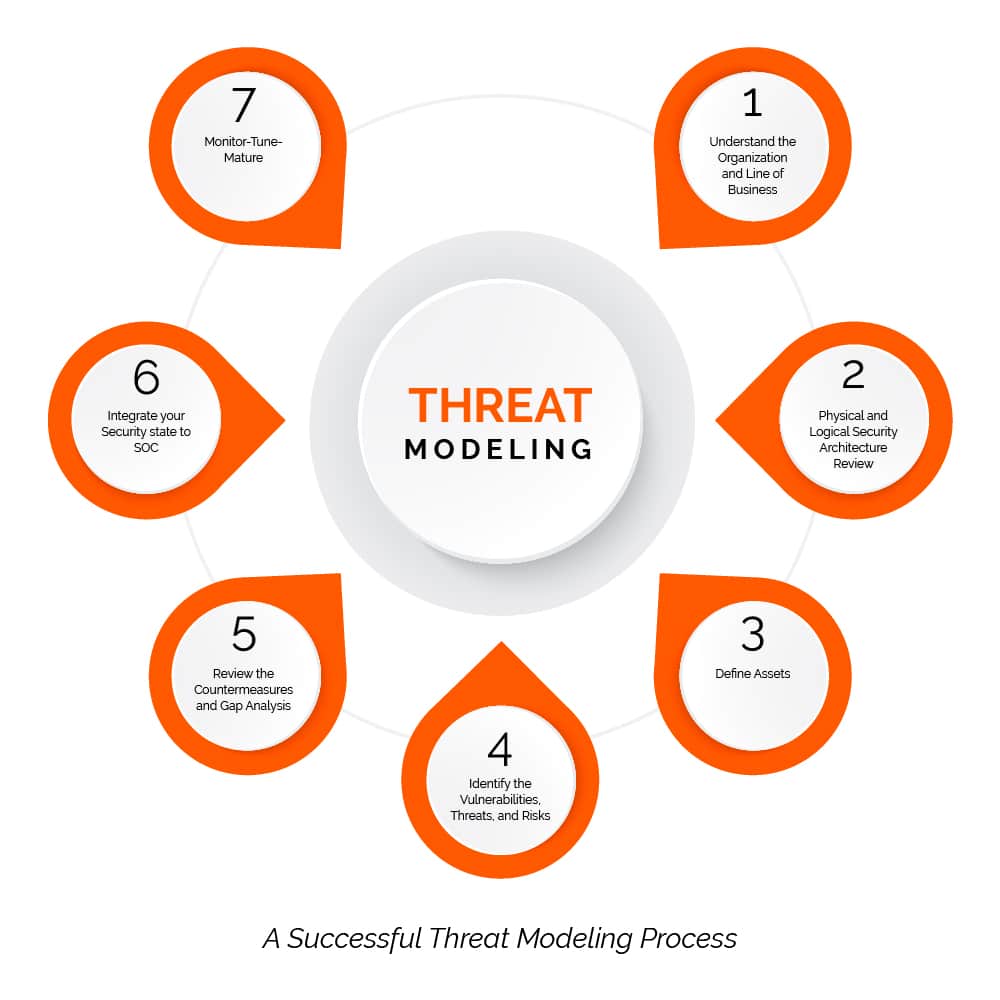Threat modeling is a technique used to identify potential threats and vulnerabilities of an application or system. In essence, it is a structured approach to analyzing the security of an application or asset in order to understand the risks posed by the threats. This process takes into account existing security controls and other related factors. While the techniques used in threat modeling vary, the purpose remains the same: to provide a clear understanding of potential risks and threats and to ultimately improve the security of the system or application.
Threat modeling techniques are designed to identify threats, prioritize threats and risks, and effectively develop countermeasures. Generally, they involve two general steps. The first step is to identify threats. This step entails documenting potential malicious access points (e.g., command injection, SQL injection, XSS, etc.) as well as the assets within the application/system (e.g., documents, emails, etc.). The second step is to prioritize threats and vulnerabilities. This step requires understanding what is most critical to defend and what the highest risk factors are. Once this is established, countermeasures and security controls can be implemented.
Threat modeling is an important process as it helps organizations to protect their applications and systems. By understanding the potential threats, organizations are better able to mitigate risks before they become real problems. This process also provides organizations with a comprehensive security plan that should be updated regularly in order to stay ahead of emerging threats. Ultimately, threat modeling can improve the security of an organization and help it better prepare for any potential attack or breach.






